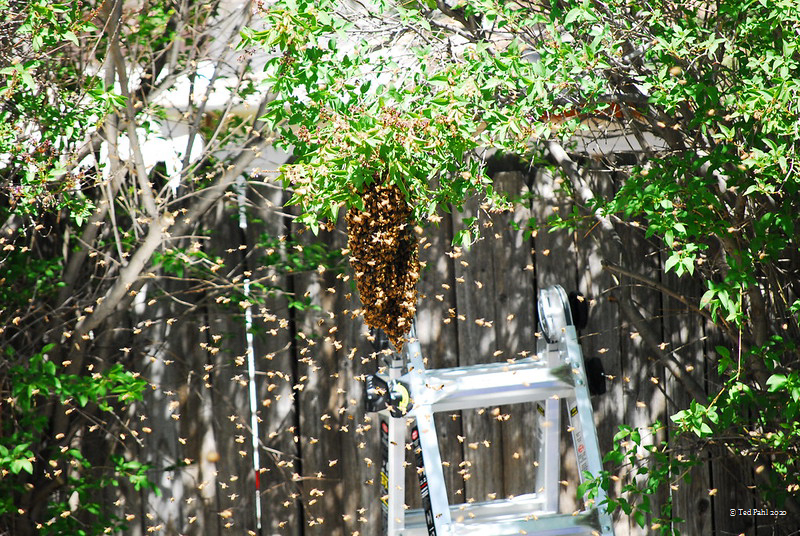
June Buzz: 10 Tips to Keep Hives Strong
As the summer sun begins to shine its brightest, June brings an exciting and bustling time for both bees and beekeepers alike. This month is a critical period for hives, with the swarm season in full swing and honey production starting to hit its stride.
For Colorado beekeepers, June is the time to be vigilant, adaptive, and ready to support your industrious little workers in their essential roles. In this blog, we’ll delve into the top beekeeping tasks for June, with tips on swarm prevention, hive inspection, nectar monitoring, and much more. Whether you’re an experienced beekeeper or just starting your journey into this fascinating world, our tips for June will help you ensure that your hives are healthy, productive, and ready for the summer ahead.
So, let’s dive in and explore what you can do to make the most of this dynamic month in the beekeeping calendar. This is not an exhaustive list and the exact tasks can vary based on a number of factors. Stay up to date by joining the club and attending our monthly meetings.
- Regular hive inspections: It’s important to inspect the hives regularly to monitor the health of the bees and the progress of honey production. Look for signs of disease or pests, check the queen’s egg-laying pattern, and make sure the hive isn’t becoming overcrowded.
- Monitor for swarming: Swarming can happen when the hive becomes too crowded. If you notice signs of impending swarming, like the formation of queen cells, you may need to take steps to prevent it, such as splitting the hive. To report a swarm call John LeMoine at 720-252-1846 montex2012@hotmail.com or contact the Colorado State Swarm Hotline at 844-779-2337.
- Add supers: If honey production is strong, you may need to add supers to the hive to give the bees more room to store honey.
- Manage pests and diseases: Continue monitoring for pests like mites and beetles, as well as signs of diseases like American foulbrood or Nosema.
- Provide water: Bees need a reliable water source, especially in hot weather. If there isn’t a natural water source nearby, you may need to provide one.
- Remove entrance reducers: This allows more air to get in the hive on warmer days.
- Monitor food stores: Even though nectar should be abundant, it’s still important to check that the bees are storing enough honey. If food stores are low, supplemental feeding may be required.
- Weed control: Keep the area around the hive clear of tall grass and weeds to deter pests and make it easier for the bees to enter and exit the hive.
- Mite treatments: If you didn’t do a spring mite treatment, consider doing one in early summer to keep mite populations under control.
- Queen assessment: Make sure the queen is healthy and lays a good brood pattern. If not, you may need to consider re-queening the hive.
It’s also important to remember that beekeeping requires a commitment to learning and adapting to new information and conditions, as the needs of the bees can change from year to year. Join us at our monthly meetings to talk to other beekeepers about seasonal trends.
